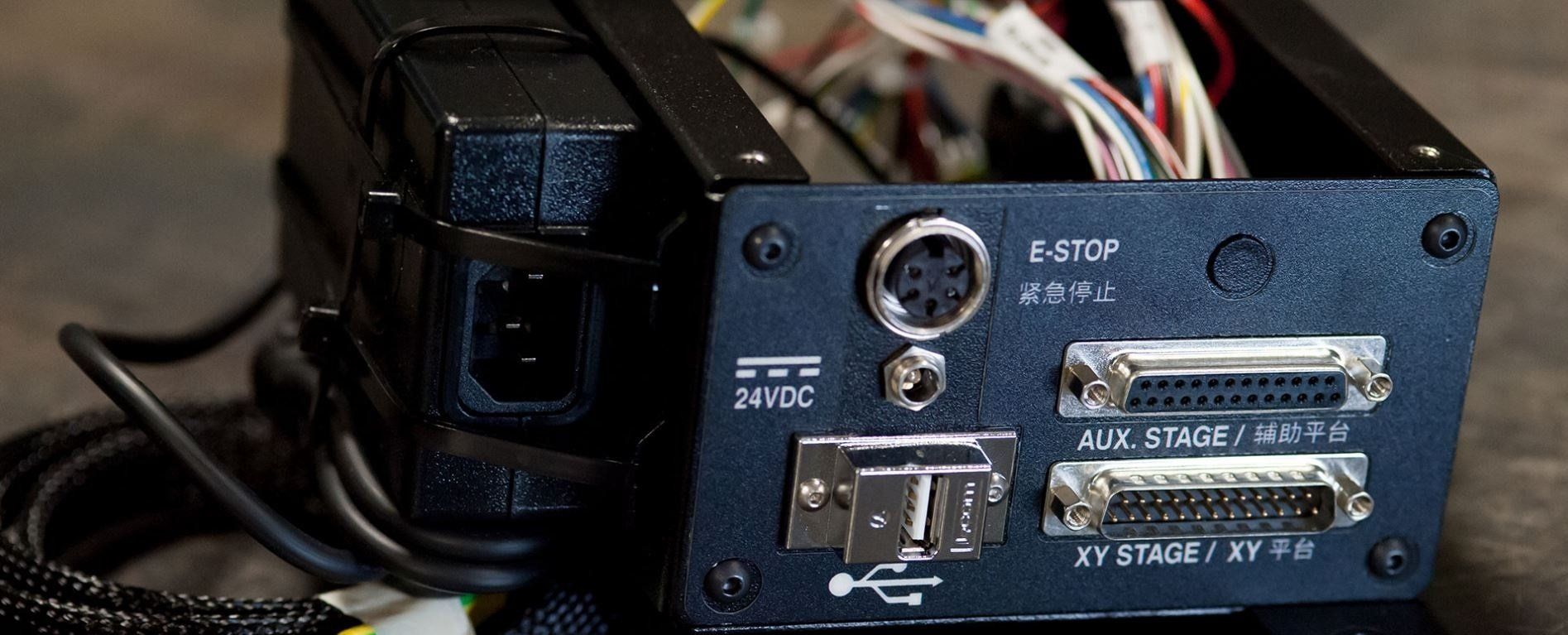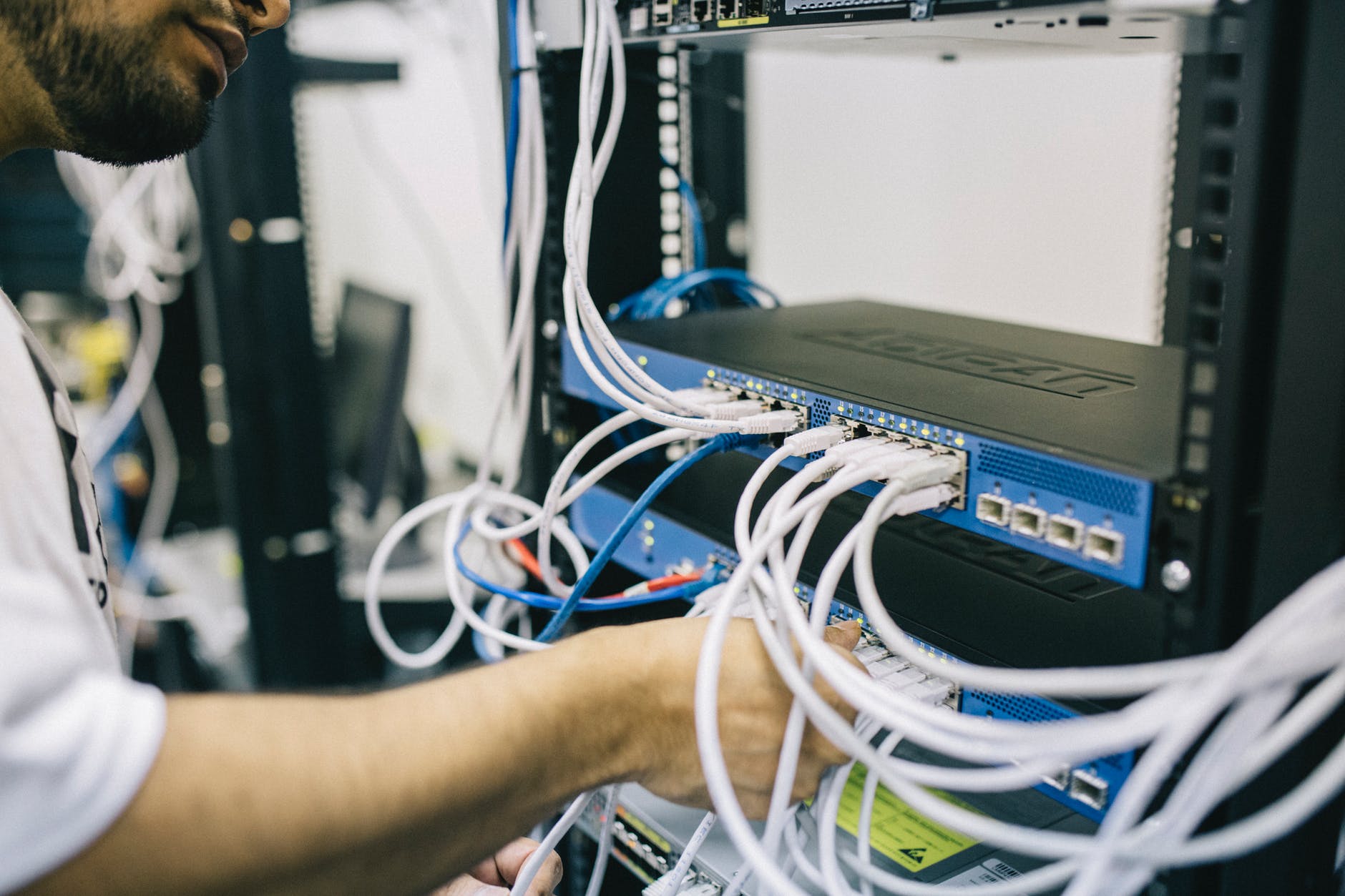Electrical Safety at Home: Tips to Avoid Electrocution
As we increasingly rely on electronic devices and appliances in our daily lives, electrical safety becomes a crucial aspect of home maintenance. Electrical accidents can be devastating, causing injuries, fatalities, and property damage. In this blog post, we'll share essential tips to help you ensure electrical safety at home and avoid electrocution.
1. Keep Water Away from Electricity
Water and electricity are a deadly combination. Avoid using electrical appliances near water sources, such as:
- Bathrooms
- Kitchens
- Swimming pools
- Outdoor areas during rain or snow
2. Inspect Cords and Appliances Regularly
Regular inspections can help identify potential electrical hazards. Check for:
- Frayed or damaged cords
- Overheating appliances
- Sparks or unusual smells
- Loose connections or faulty wiring
3. Use GFCIs (Ground Fault Circuit Interrupters)
GFCIs are designed to prevent electrical shock by interrupting the power supply when a ground fault occurs. Install GFCIs in areas prone to moisture, such as:
- Bathrooms
- Kitchens
- Outdoor areas
4. Avoid Overloading Outlets and Extension Cords
Overloading outlets and extension cords can lead to electrical fires or electrocution. Be mindful of:
- Using too many appliances on a single circuit
- Overloading extension cords
- Using damaged or frayed extension cords
5. Keep Children Safe
Children are naturally curious, and electrical safety is crucial for their well-being. Take steps to:
- Secure outlets with tamper-resistant covers
- Keep electrical appliances out of reach
- Teach children about electrical safety
6. Hire a Licensed Electrician
For any electrical work, hire a licensed electrician to ensure:
- Compliance with local electrical codes
- Safe installation and maintenance
- Proper diagnosis and repair of electrical issues
7. Be Cautious with Outdoor Electrical Equipment
Outdoor electrical equipment, such as generators or power tools, requires special care. Ensure:
- Proper grounding and installation
- Regular maintenance and inspection
- Safe operation and storage
8. Replace Damaged or Outdated Electrical Components
Don't hesitate to replace damaged or outdated electrical components, such as:
- Old or damaged wiring
- Outdated electrical panels
- Faulty circuit breakers
Conclusion
Electrical safety is a critical aspect of home maintenance. By following these tips, you can significantly reduce the risk of electrical accidents and ensure a safe living environment for yourself and your loved ones. Remember, electrical safety is everyone's responsibility.









